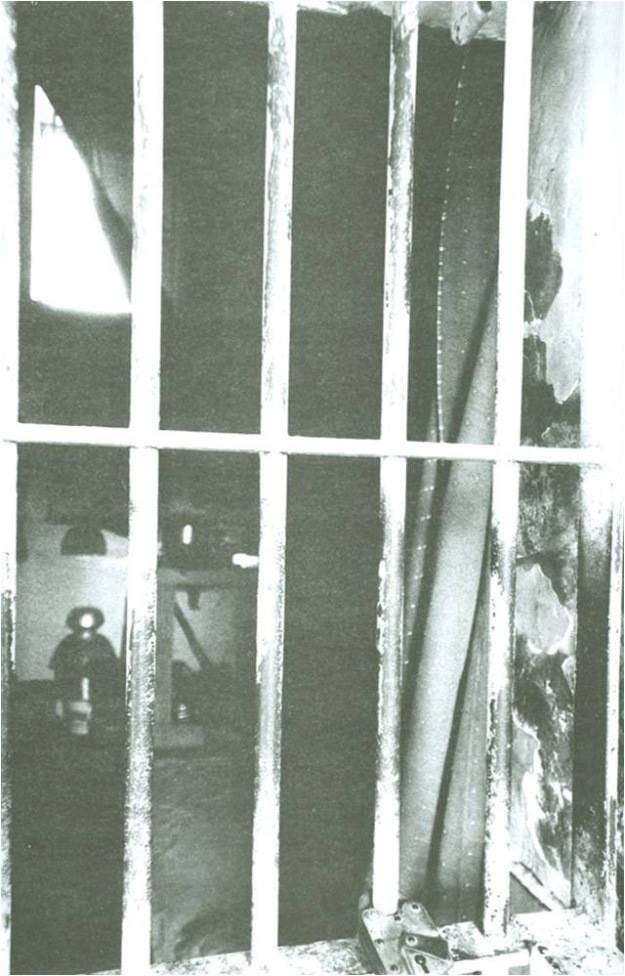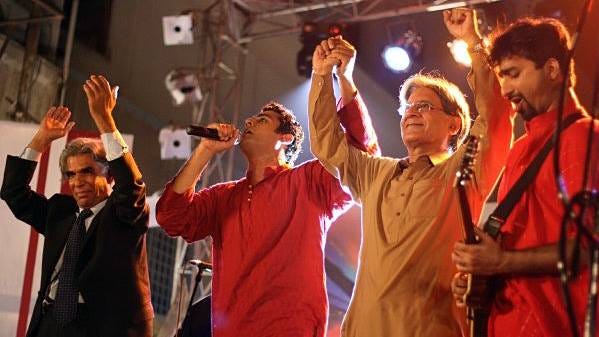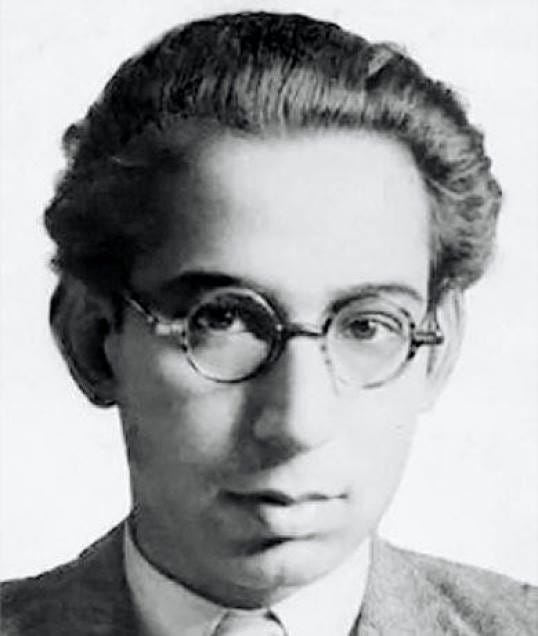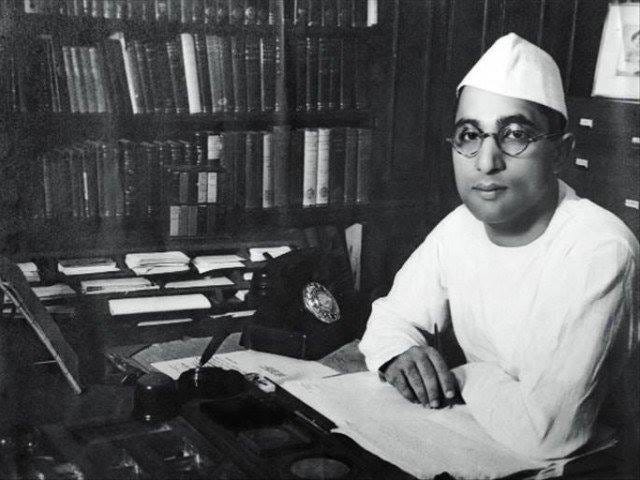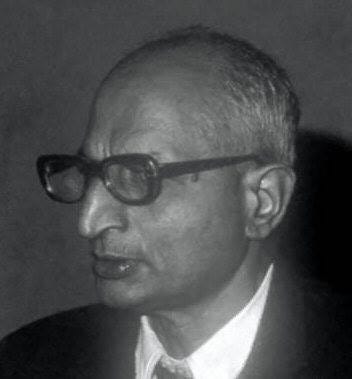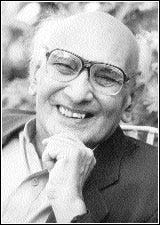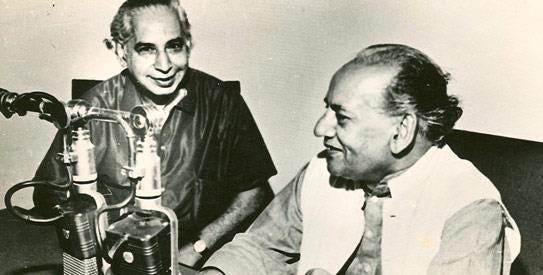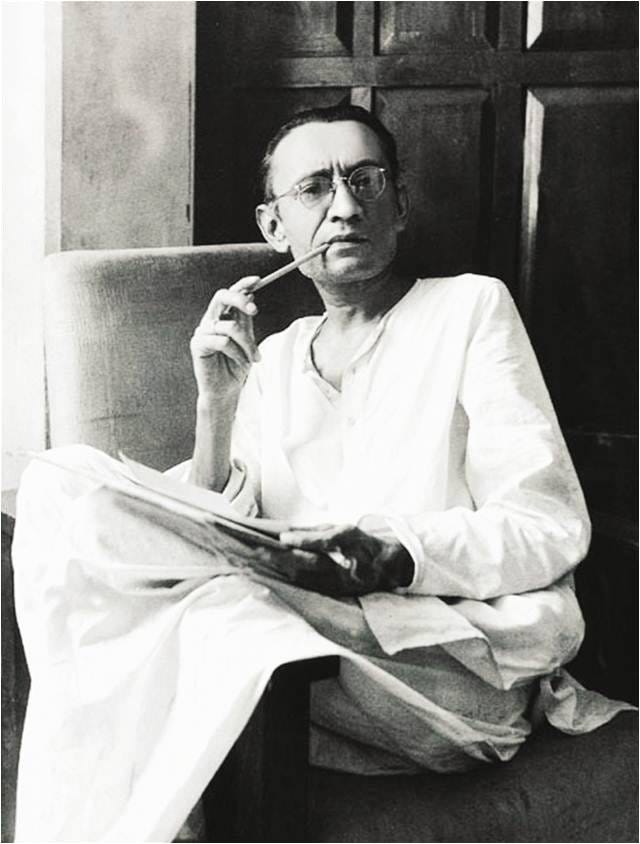(I originally wrote this piece for Viewpointonline.com in 2012)
Writing about history takes a certain amount of knowledge
and courage because non-partisanship has to be taken into account. Different
people have different opinions about events as they unfold. Early Muslim
Historians used to include narration of all the eye witnesses while writing
about any particular event. Ibn e Khaldun, the doyen of muslism historians,
postulated that history and historiography is a scientific method, and that
history does not have a religion or caste.
Pakistan’s history is almost as complicated as the problems facing the country. The official narrative built up the Pakistani establishment places Iqbal as the dreamer of a separate nation for Muslims and Mr. Jinnah as the creator with everyone else as a secondary character. Another view, taken up by some on the Pakistani side, but originally espoused by Indian Establishment is that Partition was a plot by the British to divide the Muslim and Hindu Communities. This view encompasses the assumption that Muslims and Hindus never had a problem in co-existence, Partition was due to Jinnah's apparent lust for power, and the border between two countries needs to be erased. Some have even gone so far to say claim that Pakistan 'is an artificial state' created as a Cold War proxy by the West.
A third, and most objective view(in my opinion) is presented by historians including Dr.Ayesha Jalal and Zahid Chohdary which posits that Pakistan and India were divided based on the power struggle between three factors: The British, weakened significantly after the second world war; Congress, vying for a leading role in post-british politics and Muslim League, aiming to safeguard the rights of Muslims in India.
A few weeks ago, on 23rd March, someone told me about the revelation in Wali Khan’s book “Facts are Facts” about the Lahore Resolution being composed by Sir Zafrulah Khan, under command of the British Viceroy. I wanted to confirm that version of events which led me to find the real “fact”.
Following is the transcript from Wali Khan’s book “Facts are Facts”.
From Lord Linlithgo to Minister for Indian Affairs, Lord Zetland, on 12th March, 1940.
“Upon my instruction, Zafarullah wrote a memorandum on the subject, Two Dominion States. I have already sent it to your attention. I have also asked him for further clarification, which, he says, is forthcoming. He is anxious, however, that no one should find out that he has prepared this plan. He has, however, given me the right to do with it what I like, including sending a copy to you. Copies have been passed on to Jinnah, and I think to Sir Akbar Hydari. While he, Zafrullah, cannot admit its authorship, his document has been prepared for the adoption by the Muslim League with a view to giving it the fullest possibility”.
The actual letter, copy of which is present in the India Office Library is present, contains the following words:
“I sent you by the last bag a copy of Zafrullah’s note on Dominion States, which I remarked purported to be a statement of the position from the extremer point of view. I introduced tat qualification because I had not at that time had an opportunity of discussing its precise nature with him and certain of the propositions contained in it, were they to appear formally under the name of a Member of my council, might, I think have justified a description in those terms. I asked him yesteday to put me a little more in the picture and he told me that this is a first draft only; secondly that, provided he is protected on that point and the paper is not used publicly, I may do what I like with it including sending a copy to you; thirdly that copies have been passed to Jinnah and I think Hydari; and fourthly that while he, Zafrullah cannot, of course, admit its authorship, his document has been prepared for adoption by the Muslim League with a view to its being given the fullest publicity. I cannot claim even yet to have had time to absorb it fully and I would suspend my comment on it until later. But it is a substantial and trenchant piece of work and I shall be greatly interested in your reactions to it.” (Letter present at India Office Library and Records, MSS EUR, F/125/9)
There are many discrepencies with Mr.Wali Khan’s book, irrespective of his political affiliations.
Firsty,No reference to the letter found in the book regarding the letter, a mistake that has been present in the whole book. This is not an isolated case as most of Pakistani authors writing in English and Urdu rarely bother with the tedious task of providing references or even a bibliography.
Secondly, it is apparent that Wali Khan concocted words in the letter which is the worst form of intellectual dishonesty.
Then, Wali Khan did not even mention the actual note that Sir Zafarulla Khan wrote, a 32 page proposal which was not a novelty at the time. In those days, countless proposals about the future of United India were written by all and sundry because of the visible lack of British Political strength due to the ongoing world war. It is also worth noting that in that 32 page scheme hatched by Sir Zafarulla, it is mentioned that “Implementation of the so-called “Pakistan” Scheme would be a disaster because it involves transfer of huge swaths of population. We can claim with authority that this scheme is impossible to implement and it would only amount to trouble and disaster.” (Zafrullah Kahn’s Note on Dominion Status; India Office Library and Records; Linlithgow Papers).
Furthermore, this fact has also been mentioned in Dr Ayesha Jalal’s book “The Sole Spokesman” pages 55-56. It is mentioned that “In the note, Zarfullah was looking for a constitutional scheme acceptable to Muslim opinion generally, He considered three schemes. The first was the ‘Pakistan’ scheme which he swiftly dismissed as ‘utterly impracticable’. The second, closest to the League Working Committee’s brief, envisaged two Muslim federations, in the north-west and north-east, ‘in direct relation with the crown’. Zafrullah’s note was seen by Jinnah. It is reasonable to assume that the League’s constitutional cub-committee also considered it, and the Lahore resolution bears some marks of this note.”
It is interesting to note that after publication of Wali Khan’s book in mid-80s, a less-known rebuttal was written by Ikram Ali Malik in 1990, titled “Truth is Truth” published by Book Services Publishers in Lahore.
Pakistan’s history is almost as complicated as the problems facing the country. The official narrative built up the Pakistani establishment places Iqbal as the dreamer of a separate nation for Muslims and Mr. Jinnah as the creator with everyone else as a secondary character. Another view, taken up by some on the Pakistani side, but originally espoused by Indian Establishment is that Partition was a plot by the British to divide the Muslim and Hindu Communities. This view encompasses the assumption that Muslims and Hindus never had a problem in co-existence, Partition was due to Jinnah's apparent lust for power, and the border between two countries needs to be erased. Some have even gone so far to say claim that Pakistan 'is an artificial state' created as a Cold War proxy by the West.
A third, and most objective view(in my opinion) is presented by historians including Dr.Ayesha Jalal and Zahid Chohdary which posits that Pakistan and India were divided based on the power struggle between three factors: The British, weakened significantly after the second world war; Congress, vying for a leading role in post-british politics and Muslim League, aiming to safeguard the rights of Muslims in India.
A few weeks ago, on 23rd March, someone told me about the revelation in Wali Khan’s book “Facts are Facts” about the Lahore Resolution being composed by Sir Zafrulah Khan, under command of the British Viceroy. I wanted to confirm that version of events which led me to find the real “fact”.
Following is the transcript from Wali Khan’s book “Facts are Facts”.
From Lord Linlithgo to Minister for Indian Affairs, Lord Zetland, on 12th March, 1940.
“Upon my instruction, Zafarullah wrote a memorandum on the subject, Two Dominion States. I have already sent it to your attention. I have also asked him for further clarification, which, he says, is forthcoming. He is anxious, however, that no one should find out that he has prepared this plan. He has, however, given me the right to do with it what I like, including sending a copy to you. Copies have been passed on to Jinnah, and I think to Sir Akbar Hydari. While he, Zafrullah, cannot admit its authorship, his document has been prepared for the adoption by the Muslim League with a view to giving it the fullest possibility”.
The actual letter, copy of which is present in the India Office Library is present, contains the following words:
“I sent you by the last bag a copy of Zafrullah’s note on Dominion States, which I remarked purported to be a statement of the position from the extremer point of view. I introduced tat qualification because I had not at that time had an opportunity of discussing its precise nature with him and certain of the propositions contained in it, were they to appear formally under the name of a Member of my council, might, I think have justified a description in those terms. I asked him yesteday to put me a little more in the picture and he told me that this is a first draft only; secondly that, provided he is protected on that point and the paper is not used publicly, I may do what I like with it including sending a copy to you; thirdly that copies have been passed to Jinnah and I think Hydari; and fourthly that while he, Zafrullah cannot, of course, admit its authorship, his document has been prepared for adoption by the Muslim League with a view to its being given the fullest publicity. I cannot claim even yet to have had time to absorb it fully and I would suspend my comment on it until later. But it is a substantial and trenchant piece of work and I shall be greatly interested in your reactions to it.” (Letter present at India Office Library and Records, MSS EUR, F/125/9)
There are many discrepencies with Mr.Wali Khan’s book, irrespective of his political affiliations.
Firsty,No reference to the letter found in the book regarding the letter, a mistake that has been present in the whole book. This is not an isolated case as most of Pakistani authors writing in English and Urdu rarely bother with the tedious task of providing references or even a bibliography.
Secondly, it is apparent that Wali Khan concocted words in the letter which is the worst form of intellectual dishonesty.
Then, Wali Khan did not even mention the actual note that Sir Zafarulla Khan wrote, a 32 page proposal which was not a novelty at the time. In those days, countless proposals about the future of United India were written by all and sundry because of the visible lack of British Political strength due to the ongoing world war. It is also worth noting that in that 32 page scheme hatched by Sir Zafarulla, it is mentioned that “Implementation of the so-called “Pakistan” Scheme would be a disaster because it involves transfer of huge swaths of population. We can claim with authority that this scheme is impossible to implement and it would only amount to trouble and disaster.” (Zafrullah Kahn’s Note on Dominion Status; India Office Library and Records; Linlithgow Papers).
Furthermore, this fact has also been mentioned in Dr Ayesha Jalal’s book “The Sole Spokesman” pages 55-56. It is mentioned that “In the note, Zarfullah was looking for a constitutional scheme acceptable to Muslim opinion generally, He considered three schemes. The first was the ‘Pakistan’ scheme which he swiftly dismissed as ‘utterly impracticable’. The second, closest to the League Working Committee’s brief, envisaged two Muslim federations, in the north-west and north-east, ‘in direct relation with the crown’. Zafrullah’s note was seen by Jinnah. It is reasonable to assume that the League’s constitutional cub-committee also considered it, and the Lahore resolution bears some marks of this note.”
It is interesting to note that after publication of Wali Khan’s book in mid-80s, a less-known rebuttal was written by Ikram Ali Malik in 1990, titled “Truth is Truth” published by Book Services Publishers in Lahore.
